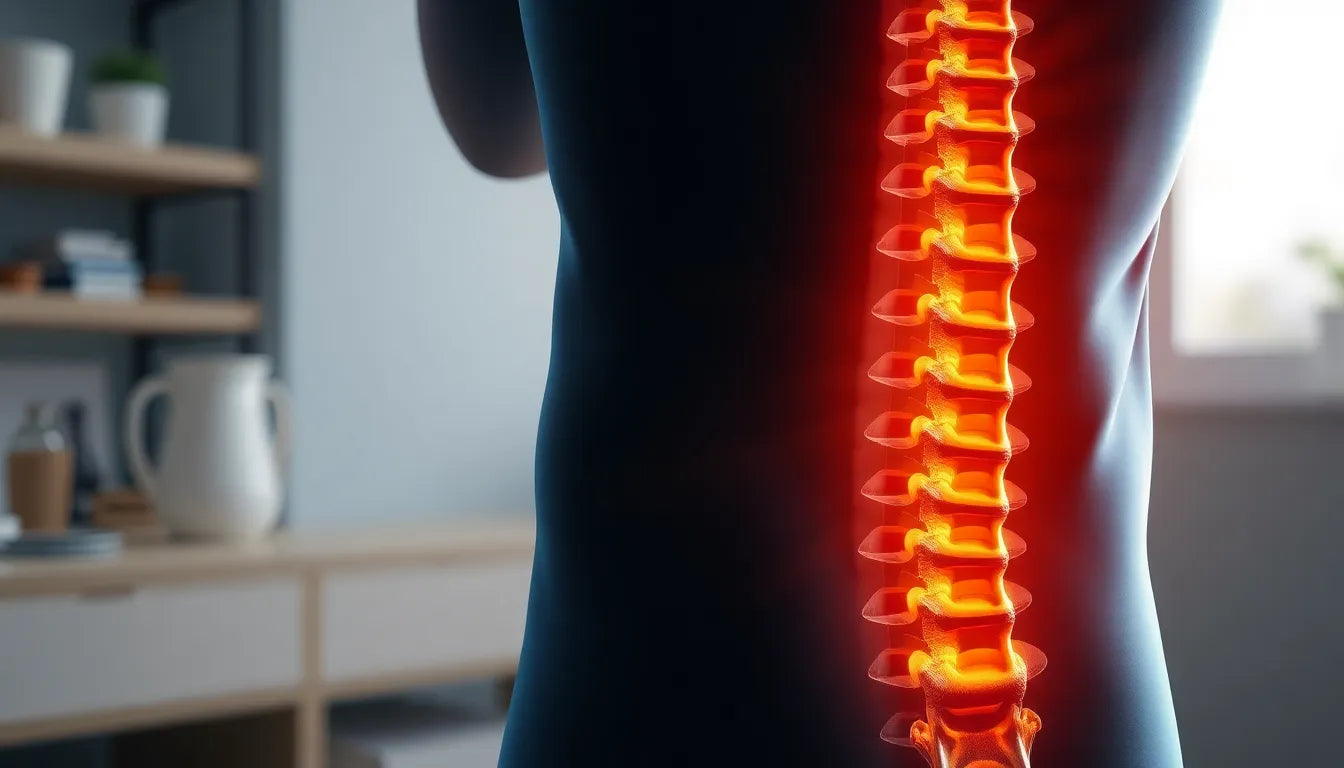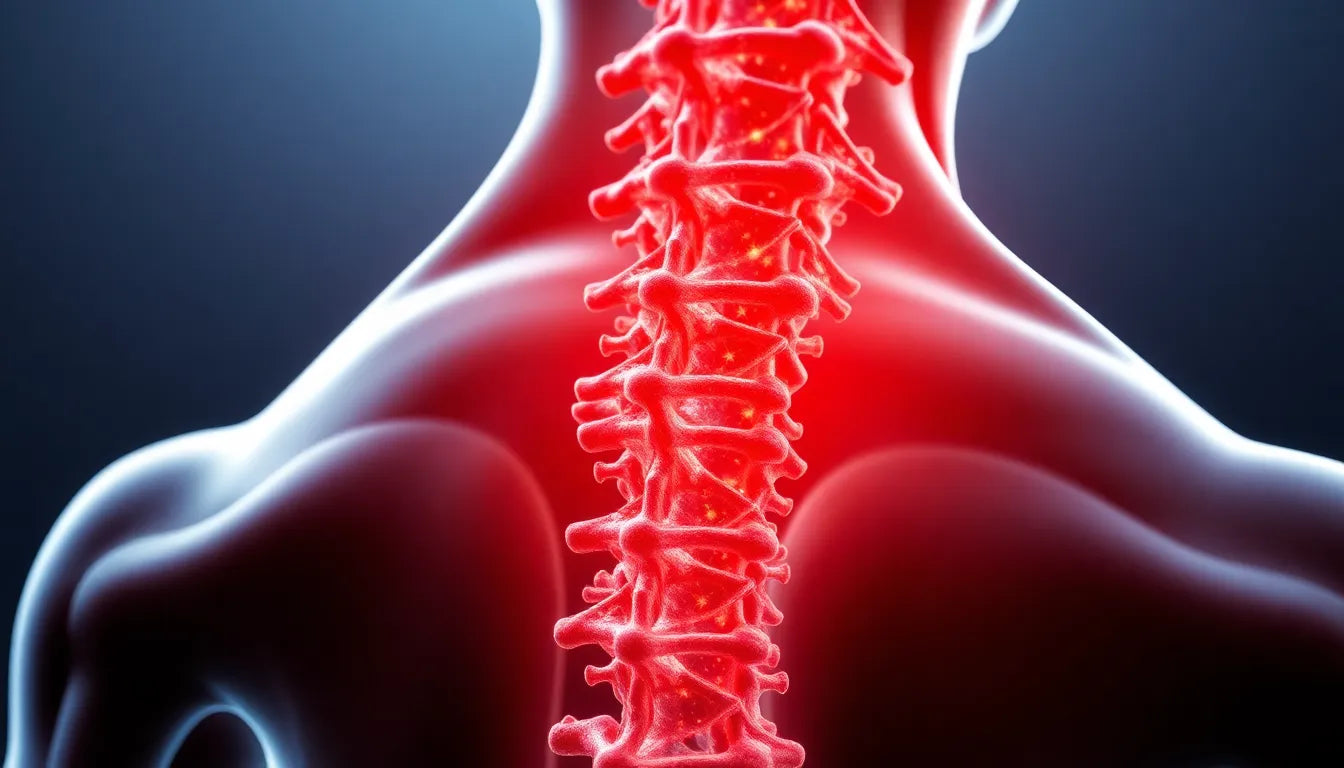Acute herniated disc surgery is a significant medical procedure aimed at alleviating the intense pain and discomfort caused by a herniated disc. A herniated disc occurs when the soft inner gel of a spinal disc pushes through a crack in the tougher exterior casing. This condition can exert pressure on nearby spinal nerves, leading to acute pain, numbness, or weakness in the limbs. While many individuals find relief through conservative treatments, such as anti-inflammatories, pain relievers, physical therapy, and injections, surgery becomes a crucial option when these methods fail to provide adequate relief.
importance of surgical intervention
The primary goal of acute herniated disc surgery is to relieve the pressure on the affected spinal nerves, thereby reducing pain and restoring function. Surgical intervention is considered when non-surgical treatments have been exhausted without success. This is often the case for patients who continue to experience debilitating pain or neurological deficits that significantly impact their quality of life. By removing or repairing the problematic disc material, surgery aims to provide long-term relief and improve overall spinal health.
why consider surgery?
Before considering surgery, most patients will undergo a range of non-surgical treatments. These typically include the use of anti-inflammatory medications, pain relievers, and physical therapy designed to strengthen the muscles supporting the spine. In some cases, epidural steroid injections are administered to reduce inflammation and pain. Rest and lifestyle modifications are also recommended to minimize strain on the back. However, when these approaches prove ineffective, and symptoms persist or worsen, surgical intervention may be necessary.
The decision to proceed with surgery is based on specific criteria. Patients who experience severe and persistent pain, significant loss of function, or symptoms that do not improve with conservative care are often considered candidates for surgery. Additionally, individuals who suffer from cauda equina syndrome, a rare but serious condition where the disc material compresses the nerves at the base of the spine, may require immediate surgical attention to prevent permanent damage.
Acute herniated disc surgery offers a path to relief for those who have not found success with other treatments. By understanding the potential benefits and the criteria for surgery, patients can make informed decisions about their spinal health and explore the most effective options for managing their condition.
types of surgical procedures for acute herniated disc
When conservative treatments fail to alleviate the symptoms of a herniated disc, surgical intervention becomes a viable option. There are several surgical procedures available, each tailored to address specific needs and conditions. Understanding the differences between these procedures can help patients make informed decisions about their treatment options.
discectomy and microdiscectomy
Discectomy is one of the most common surgical procedures for treating herniated discs, particularly in the lumbar region. The procedure involves removing the portion of the disc that is pressing on the nerve root. A traditional discectomy requires a larger incision, whereas a microdiscectomy is a minimally invasive technique that uses a smaller incision and an operating microscope. This less invasive approach minimizes damage to surrounding tissues, resulting in a quicker recovery time and reduced post-operative pain.
laminotomy and discectomy
Laminotomy and discectomy is a traditional surgical approach that involves making an incision in the back and moving muscles aside to access the herniated disc. During the procedure, a small portion of the bone, known as the lamina, may be removed to access the spinal canal. This technique is particularly useful when the herniated disc is accompanied by bony overgrowths or when more extensive access to the spine is required.
artificial disc surgery
Artificial disc surgery involves replacing the damaged disc with an artificial one made of plastic and metal. This procedure is typically recommended for patients with a single disc problem in the lower back. However, it is not suitable for individuals with arthritis or osteoporosis. The advantage of this procedure is that it preserves the natural movement of the spine, unlike spinal fusion, which restricts movement by fusing the vertebrae together.
spinal fusion
Spinal fusion is a procedure in which two or more vertebrae are permanently fused together using bone grafts, metal or plastic screws, and rods. This surgery is often necessary when multiple discs are degenerated or when other conditions, such as arthritis, are present. While spinal fusion can provide significant relief from pain, it does limit the range of motion in the affected area of the spine.
pre-surgical preparation
Before undergoing surgery for a herniated disc, patients must undergo a series of diagnostic tests and follow specific pre-surgical instructions to ensure the best possible outcome.
diagnostic tests
Diagnostic imaging tests such as X-rays, CT scans, and MRIs are crucial in determining the exact location and severity of the herniated disc. These tests provide detailed images of the spine, allowing surgeons to plan the most appropriate surgical approach. In some cases, nerve studies, such as electromyography or nerve conduction studies, may be conducted to assess nerve function and identify any nerve damage.
pre-surgical instructions
Patients are typically advised to make certain lifestyle adjustments and follow specific instructions in the days leading up to surgery. These may include discontinuing certain medications, particularly blood-thinning drugs, to reduce the risk of bleeding during surgery. Dietary restrictions, such as fasting for a certain period before the procedure, are also common. Patients are encouraged to discuss any concerns or questions with their healthcare provider to ensure they are fully prepared for the surgery.
By understanding the various surgical options and the necessary preparations, patients can approach acute herniated disc surgery with confidence. This knowledge empowers them to make informed decisions and take an active role in their treatment journey, ultimately leading to better outcomes and improved quality of life.
Post-surgical care and recovery
After undergoing acute herniated disc surgery, post-surgical care is crucial for a successful recovery. In the immediate aftermath of the operation, patients are closely monitored in a recovery room. This observation period allows healthcare providers to ensure that anesthesia wears off safely and to address any potential complications, such as excessive bleeding or infection. Depending on the type of procedure and the patient's overall health, some individuals may be discharged on the same day, while others might require a brief hospital stay.
The recovery timeline can vary significantly between individuals, influenced by the specific surgical technique used and the patient's lifestyle or job requirements. Typically, patients can expect a recovery period ranging from 2 to 8 weeks. During this time, adhering to prescribed physical therapy regimens and gradually increasing activity levels are essential steps in regaining strength and mobility. Patients should follow their surgeon's recommendations closely to ensure optimal healing and prevent complications.
Risks and complications
As with any surgical procedure, there are risks associated with acute herniated disc surgery. Potential complications may include bleeding, infection, spinal fluid leakage, and injury to nerves or blood vessels. While these risks are generally low, it is important for patients to be aware of them and discuss any concerns with their healthcare provider.
Long-term considerations also come into play, particularly regarding nerve injury. Although rare, nerve damage during surgery can lead to permanent numbness, weakness, or pain in the affected area. Patients should be informed about these possibilities and engage in a thorough discussion with their surgeon to understand the risks and benefits of the procedure.
Frequently asked questions
What are the success rates of herniated disc surgery?
Herniated disc surgery has a high success rate, with many patients experiencing significant relief from pain and improved mobility. Success rates can vary depending on the type of surgery and the patient's specific condition, but generally, a majority of individuals report positive outcomes.
How do I know if I'm a candidate for surgery?
Patients may be considered candidates for surgery if they experience severe, persistent pain that does not respond to conservative treatments, or if they have significant neurological deficits. A thorough evaluation by a healthcare provider, including diagnostic imaging, can help determine eligibility for surgery.
What should I expect during the recovery process?
The recovery process involves a period of rest followed by gradual increases in activity levels. Physical therapy is often recommended to aid in regaining strength and flexibility. Recovery times vary, but most patients can expect to return to normal activities within 2 to 8 weeks, depending on the type of surgery and individual circumstances.
Are there alternative treatments if surgery is not suitable?
If surgery is not an option, alternative treatments such as physical therapy, pain management techniques, and lifestyle modifications may be recommended. These approaches aim to alleviate symptoms and improve quality of life without surgical intervention.
How can I manage pain post-surgery?
Pain management post-surgery typically involves a combination of medications, such as pain relievers and anti-inflammatories, along with physical therapy. Patients should follow their healthcare provider's instructions and report any persistent or worsening pain to ensure appropriate management.


















